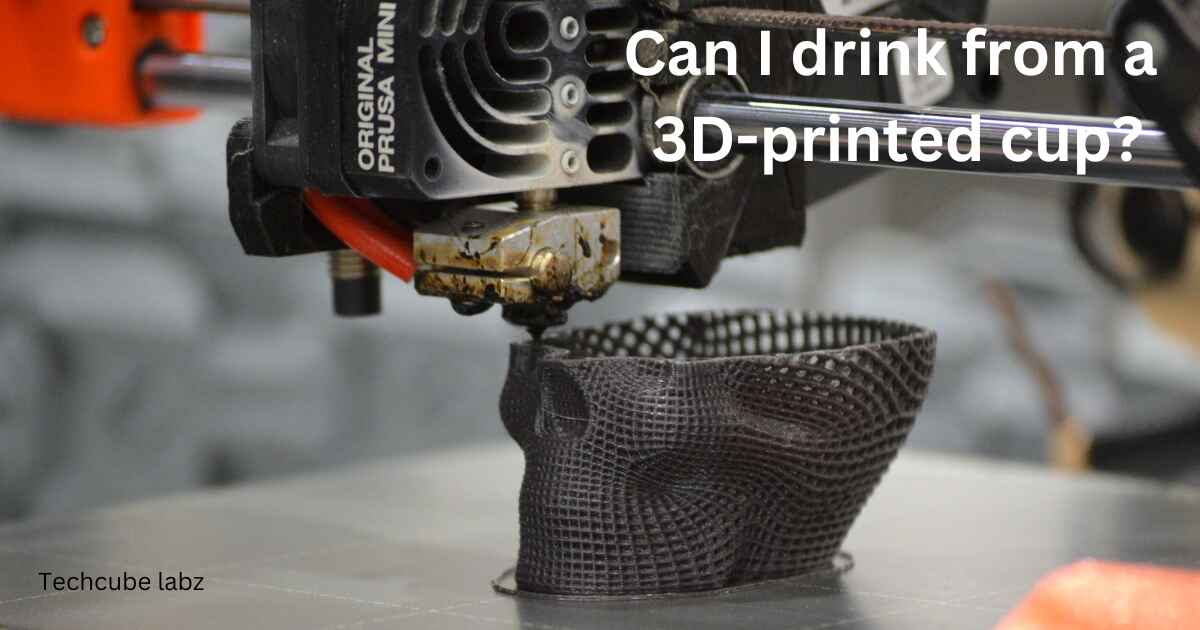
Can I drink from a 3D-printed cup?: The 3D printing process allows for a great deal of design freedom, allowing you to create complex shapes and custom parts that would otherwise be impossible or expensive to produce using traditional manufacturing methods.
These benefits are compelling for many food-related applications. Suppose 3D-printed parts are meant for food contact.
In that case, it is essential to follow safety regulations and practices to prevent contact with toxic materials and prevent harmful bacteria from building up.
The variety of materials approved as safe for food is growing. Still, the workflows can be confusing and finding the proper regulations to apply can be difficult.
Migration is a way of ingesting parts that can be used to grade food and ensure its safety. When different materials come into contact, particles as small as several nanometers or as large as several hundred nanometers can be transferred.
Food grading is usually done on items that come into contact with food for a long time, such as straws, plates, utensils and molds.
Different testing institutions adhere to government-imposed risk tolerances, approved substances and guidelines. [Can I drink from a 3D-printed cup?]
7 Best 3D printed cups that you can use to drink
- Geometric Faceted Cup
- Minimalist Cylinder Cup
- Nature-Inspired Leaf Cup
- 3D Puzzle Mug
- Travel Mug with Lid
- Hexagonal Mug
- Nature-Inspired Leaf Cup
1. Geometric Faceted Cup
This modern version of the classic Moscow Mule Cocktail Mug is made from stainless steel with a copper overlay.
The poly-faceted sides of this mug are rounded out as they approach the rim. You can hang it in your kitchen or fill it with the classic vodka concoction made of ginger, lime and fresh mint.
This chic mug will add some love to any coffee or tea break! The cup has a lovely texture thanks to the indented diamond pattern. Each diamond point has a blue dot accentuating it, and the word “love” is printed on the side.
The cup’s geometric handle and sleek grey color complete the modern look. This mug can be used as an eclectic pen stand or to house your favorite succulent.
We curate a collection of stylish and straightforward accents, tableware, and other items to easily add to your home.
Our team has conceptualized and developed the label to give customers access to an affordable range of modern accents & homeware. [Can I drink from a 3D-printed cup?]
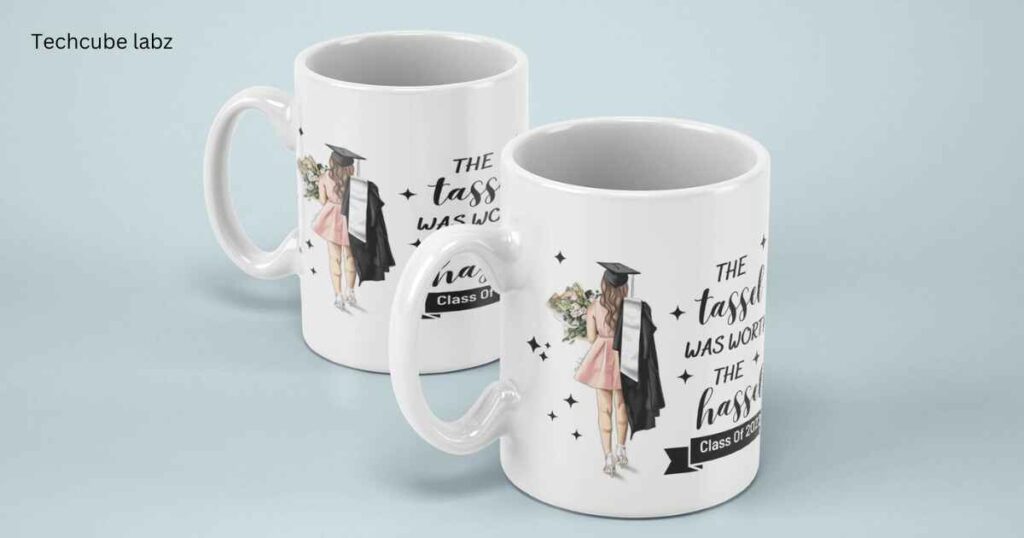
2. Minimalist Cylinder Cup
Zen can be achieved by enjoying coffee on a lazy morning. Most weekday mornings, however, are not so peaceful.
You need a travel coffee mug if you are on the move and want to take your coffee with you. Which cup, tumbler, or carafe will you use to carry your morning caffeine fix? We have added to our tests and can now provide you with the best travel coffee containers.
Check out our top picks for commuters of all types. Whether you want to put your coffee in a messenger bag for the office or in transit, place a cup into your car cup holder, or even drink it on your way to work, we have a recommendation for everyone.
From the slim, modern design to the leakproof lids and whether or not they were easy to clean, we considered both aesthetic and functional aspects. You can read on to find out the pros and cons we found.
We looked at the temperature retention of the mugs over several hours. After five hours, we compared the temperatures of the two mugs. [Can I drink from a 3D-printed cup?]
Read Also: Does 3D Printing require software?
3. Nature-Inspired Leaf Cup
Most solar energy incidents on commercial photovoltaic panels are dissipated through heat. This increases their operating temperature and leads to deterioration of electrical performance.
Commercial photovoltaic panel solar efficiency is usually below 25%. We present a hybrid multi-generation photovoltaic leaves concept using a biomimetic structure made from eco-friendly materials.
The material used to design this leaf is low-cost, readily available, and environmentally friendly. This allows for passive thermal management as well as multi-generation.
We show experimentally that biomimetic transpiration can remove up to 590 W/m 2 from a photovoltaic, which reduces the temperature of a cell by 26 dog C at 1000 W/m 2 and results in an increase of 13.6% in electrical efficiency.
The photovoltaic leaves can also use the heat recovered to generate additional thermal energy and freshwater within the same component.
This increases the overall solar efficiency from 13.2% to over 74.5 %, producing over 1.1 L/h/m 2 clean water. [Can I drink from a 3D-printed cup?]
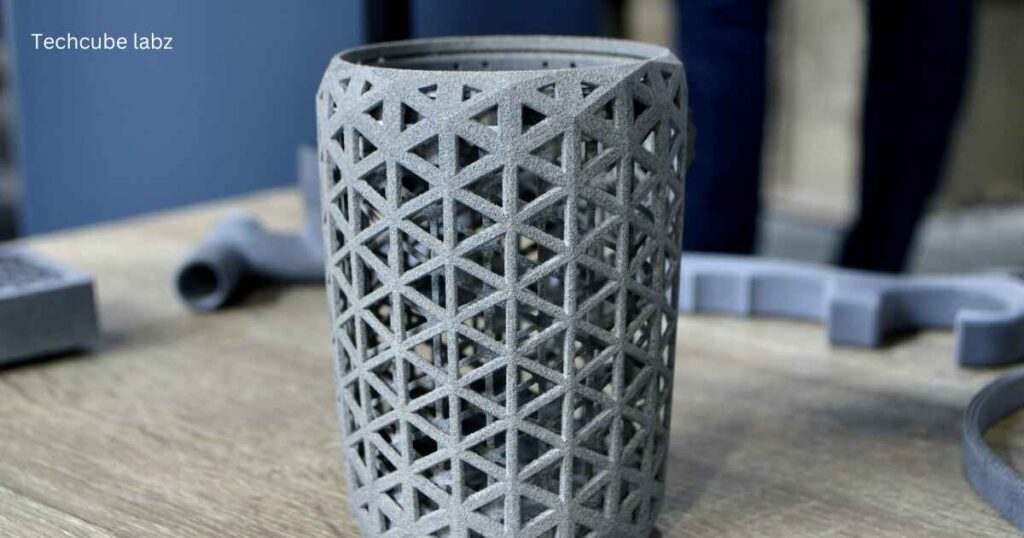
4. 3D Puzzle Mug
In this house, we are enjoying the World Cup. The World Cup is a big hit in our home. My oldest son watches all the matches almost every evening, and most afternoons, he’s not at work.
There is a game on as I type this. My youngest son enjoys trying to follow the World Cup but quickly loses his interest.
To keep him and myself occupied, we have been doing various activities. One of these was completing three FIFA World Cup 3D puzzle balls.
We love puzzles, but 3D ones are our favorites. This is an excellent alternative to traditional puzzles, making displaying the finished set easier.
The FIFA World Cup 3D puzzle balls are miniature replicas of official match balls from the past. Each set includes 54 pieces and a stand that you can use to display your completed puzzle balls.
Each piece has a number on its back that you can use to put your puzzle together. The pieces are made of plastic and, therefore, more durable.
The 3D puzzle ball is displayed on the stand included in the package. [Can I drink from a 3D-printed cup?]
Read Also: How do I choose my first 3D printer?
5. Travel Mug with Lid
After working in a coffee shop right out of university, I stopped drinking coffee. After college, I didn’t understand the concept of moderation, and my skin, hair and clothes always smelled of caffeine.
Years later, I rediscovered my love for coffee after marrying a coffee lover (some might say snob).
Even though I work from home, my husband needs his second cup of espresso on the run. Thanks to our frequent road trips and camping, our kitchen cabinets are cluttered with travel mugs.
It’s no secret that I love reviewing travel mugs. I tested 15 travel mugs to find out which ones were the most comfortable, easy to use and didn’t leak.
The travel mug looks light, but it holds 16 fluid ounces. The mug retains heat remarkably well. It opens with just a click, but it also locks with a switch on the side.
The Fellow Carter Move Mug was designed for coffee lovers. The Zo was the only mug that retained heat and cold better.
It also has a ceramic-lined inner chamber for a neutral taste. The thin lip on the mug makes drinking coffee from it a delight. [Can I drink from a 3D-printed cup?]
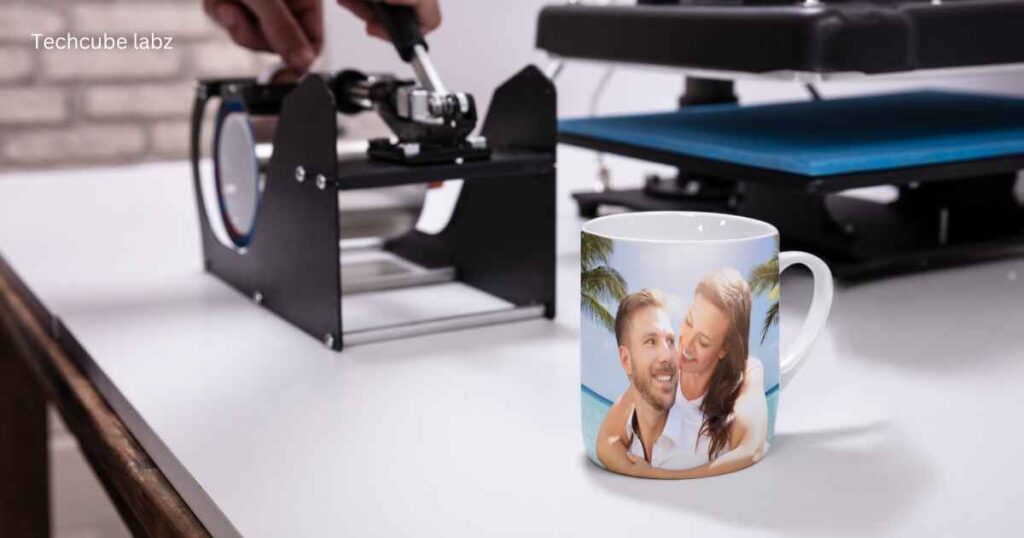
6. Hexagonal Mug
Derby, a Derbyshire-based company, has crafted beautiful products for over 200 years. Renowned for its timeless craftsmanship, Derby offers purposeful and soulful creations–meticulously handcrafted, thoughtfully designed, and built to endure.
Ceramics and homewares become treasured heirlooms. Derby offers various styles, colors and shapes in tableware collections, capsules and gift sets.
Derby’s Made in England Porcelain combines lighter designs and Derby’s trademark values of style, durability, and quality.
Each piece is shaped by 20 pairs of hands with centuries of experience. The result is an enchanting fusion of beauty, functionality and durability that enhances everyday experiences.
Derby offers the perfect combination of beauty, versatility and durability. Derby products are authentic reflections of life and enhance precious moments.
Derby’s products capture the artistry of each creator, from artisans to designers. Derby timeless pieces will be your companions throughout your journey. [Can I drink from a 3D-printed cup?]
7. Nature-Inspired Leaf Cup
Most solar energy (>70%) incidents on commercial photovoltaic panels are dissipated as heat. This increases their operating temperature and leads to deterioration of electrical performance.
Commercial photovoltaic panel solar efficiency is usually below 25%. We present a hybrid multi-generation photovoltaic leaves concept using a biomimetic structure made from eco-friendly materials.
The material used to design this leaf is low-cost, readily available, and environmentally friendly. This allows for passive thermal management as well as multi-generation.
We show experimentally that a bio-inspired transpiration system can remove up to 590 W/m 2 from a photovoltaic panel, reducing its temperature by 26 dg C at 1000 W/m 2. This results in an increase of 13.6% in electrical efficiency.
The photovoltaic leaves can also use the heat recovered to generate additional thermal energy and freshwater within the same component.
This increases the overall solar efficiency from 13.2% to 74.5 %, providing over 1.1 L/h/m 2 of pure, clean water. [Can I drink from a 3D-printed cup?]
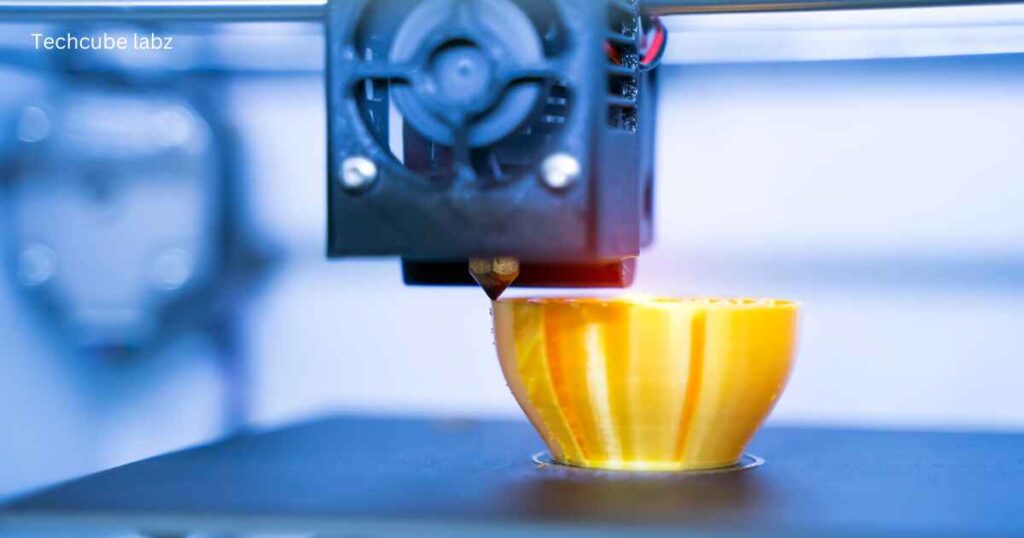
Conclusion:
You can drink safely from a 3D-printed cup, provided it is made of food-safe materials, such as certain types of PLA, PETG or specialized resins.
It is still essential to perform the proper post-processing, such as sealing surfaces, to prevent bacteria from growing.
Avoid using 3D-printed cups in microwaves or with hot drinks unless the material has been specifically rated.
3D-printed cup ware can be functional and stylish if you take the proper precautions. [Can I drink from a 3D-printed cup?]
Can I drink from a 3D-printed cup?: FAQ
1. Is it safe to drink from a 3D-printed cup?
Ans: The cup can be used, but only when made of food-safe material. Certain 3D printing materials, such as specific grades of PETG or PLA, and specialized food-safe plastics are made to be in contact with foods and beverages. Materials like ABS and non-certified filaments may not be suitable for drinking.
2. What 3D printing materials are food-safe?
Ans: The cup can be used, but only when made of food-safe material. Certain 3D printing materials, such as specific grades of PETG or PLA, and specialized food-safe plastics are made to be in contact with foods and beverages. Materials like ABS and non-certified filaments may not be suitable for drinking.
3. Do I need to post-process my 3D-printed cup for safety?
Ans: Sealing your 3D-printed cup with an epoxy or food-safe coating is recommended. 3D-printed items often have small gaps and layers that allow bacteria to accumulate. Sealing the surface makes it safer and smoother for food or drinks to be used repeatedly.
